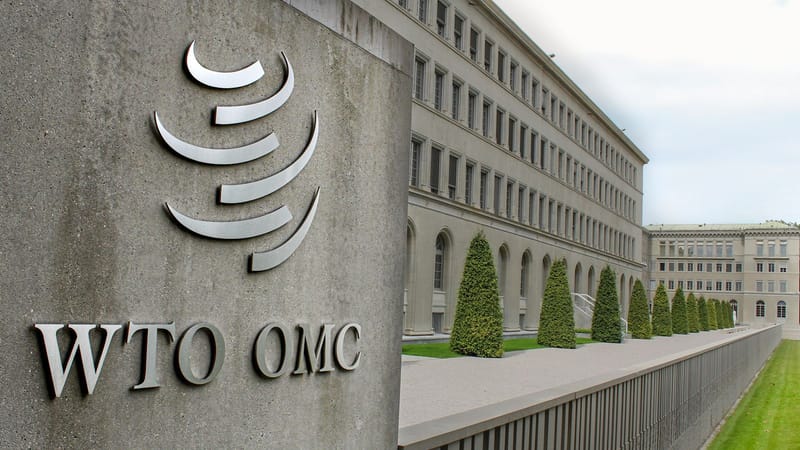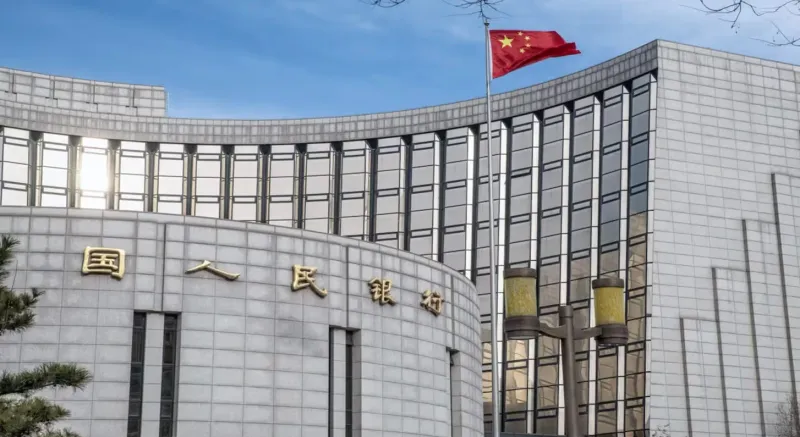US Dollar's Global Dominance Faces Gradual Erosion as Reserve Currencies Diversify
Central banks shift to nontraditional currencies and gold, seeking stability, yield, and geopolitical safety, hinting at a global financial realignment.
In recent years, the global financial system has witnessed subtle yet significant shifts in the landscape of reserve currencies. The US dollar, long the dominant currency in international trade and finance, is gradually losing ground in central bank reserves across the globe. This trend has persisted despite the dollar's strength.
Evolving Composition of Global Reserves
According to recent data from the International Monetary Fund’s (IMF) Currency Composition of Official Foreign Exchange Reserves (COFER), the share of the US dollar in global foreign exchange reserves has been on a slow decline. Notably, this decrease has not translated into a rise in the shares of other major currencies like the euro, yen, or pound. Instead, the gap has been filled by a growing array of nontraditional reserve currencies. These include the Australian dollar, Canadian dollar, Chinese renminbi, South Korean won, Singaporean dollar, and several Nordic currencies.
These nontraditional currencies have become increasingly attractive to central banks due to several factors. They offer diversification benefits, relatively attractive yields, and have become more accessible thanks to advancements in digital financial technologies, such as automated market-making and liquidity management systems.
Dollar Strength vs. Reserve Trends
Interestingly, this diversification has occurred despite the dollar’s recent strength. Typically, a stronger dollar would lead to an increase in its use for reserve purposes. However, central banks appear to be gradually shifting away from the greenback, driven by a broader, long-term strategy rather than short-term fluctuations. The relatively stable value of the dollar over the last two decades contrasts with its declining share in global reserves, suggesting a deliberate move by central banks towards diversification.
The Rise of Nontraditional Currencies
The most notable nontraditional currency gaining market share is the Chinese renminbi. The Chinese government has actively promoted renminbi internationalization through policies such as the development of a cross-border payment system, the extension of swap lines, and the pilot of a central bank digital currency. However, despite these efforts, recent data indicate that the renminbi’s share of global reserves has plateaued and even slightly declined since 2022, adjusted for exchange rate changes.
Broad-Based Diversification
This trend toward diversification is not confined to a few countries with specific geopolitical motivations. A 2022 IMF paper identified 46 “active diversifiers”—countries that held at least 5 percent of their foreign exchange reserves in nontraditional currencies by the end of 2020. This group includes major advanced economies and emerging markets, most of which are members of the Group of Twenty (G20). By 2023, Israel, the Netherlands, and Seychelles joined the list, underscoring the broad-based nature of this shift.
Impact of Financial Sanctions and Gold Reserves
Another factor influencing reserve compositions has been the imposition of financial sanctions. Historically, such measures have prompted central banks to modestly reduce their holdings in currencies susceptible to sanctions and increase their gold reserves. The demand for gold, which can be stored domestically and is immune to foreign sanctions, has also been bolstered by global economic policy uncertainty and geopolitical risks. However, despite this increased interest, gold still represents a historically low share of global reserves.
Expert Views
Despite a gradual shift in global reserve currencies, the US dollar's dominance is unlikely to disappear anytime soon, according to Jeffrey Christian, a seasoned commodities analyst and founder of CPM Group. While countries like Russia, China, and India push for de-dollarization, Christian warns that these efforts could backfire and harm their economies.
In a interview with Business Insider, Christian emphasized that the greenback's pervasive presence in financial markets makes the logistics of moving towards a multi-currency regime daunting. "De-dollarization is a dream some of us have," Christian said. "It's a great idea, but the reality of implementing it would require all governments to overhaul how they handle currencies."
Conclusion: A Gradual Shift in the Global Financial Order
The international monetary system is gradually evolving. While the dollar remains the world’s predominant reserve currency, the shift towards nontraditional currencies is clear. Small, open, well-managed economies are playing a growing role in global finance, facilitated by new digital technologies that enhance the liquidity and accessibility of their currencies. As the global financial landscape continues to change, the long-term implications for the dollar’s dominance will be closely watched by economists and policymakers alike.







